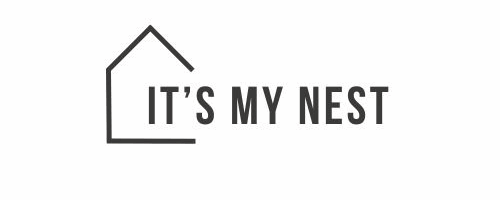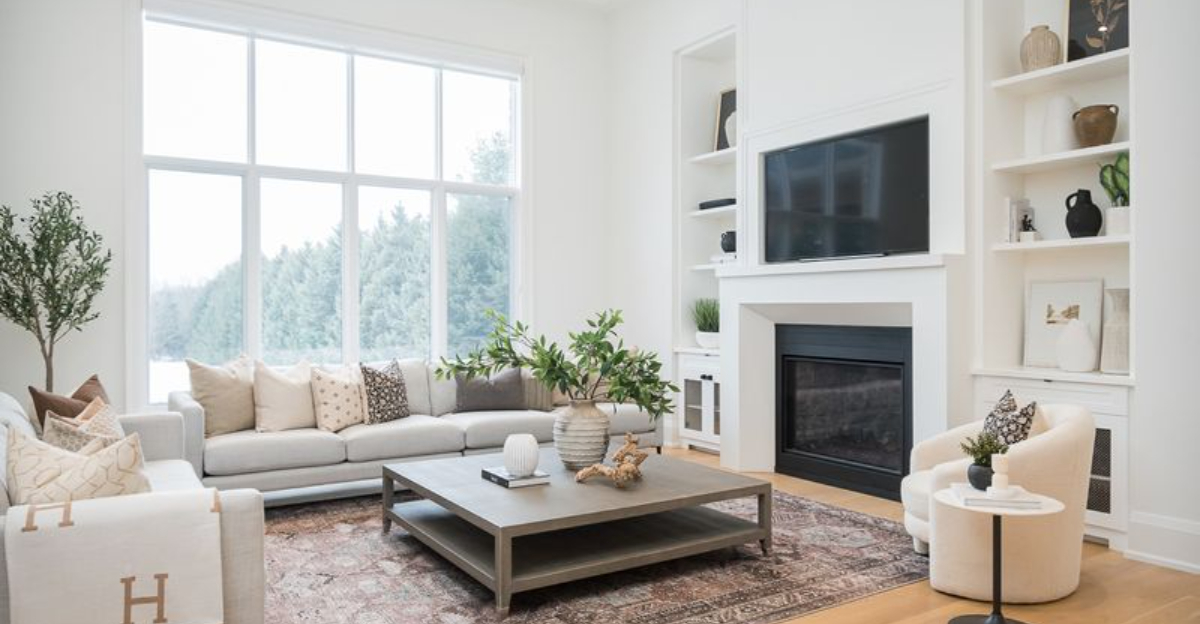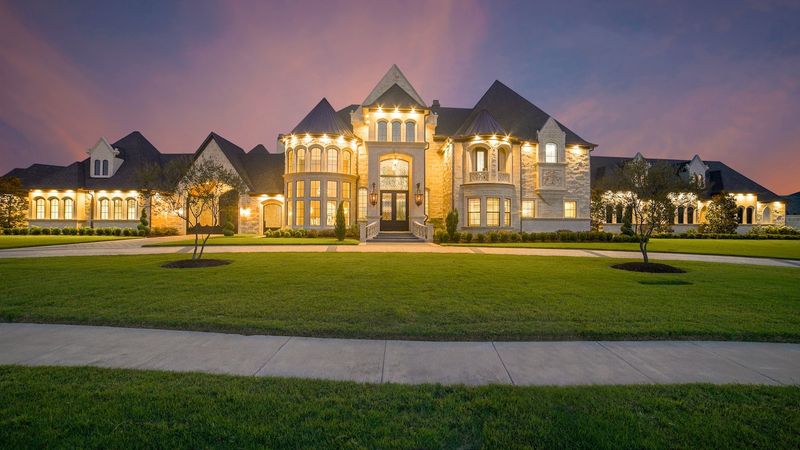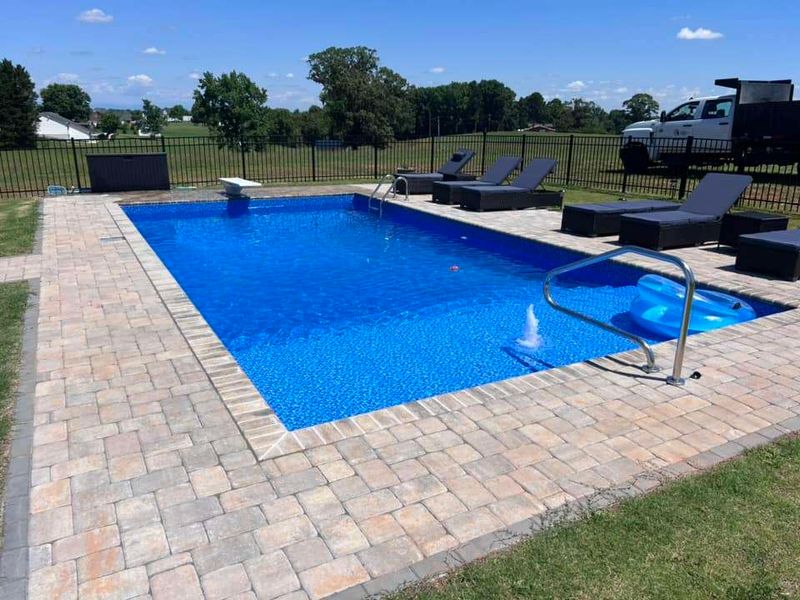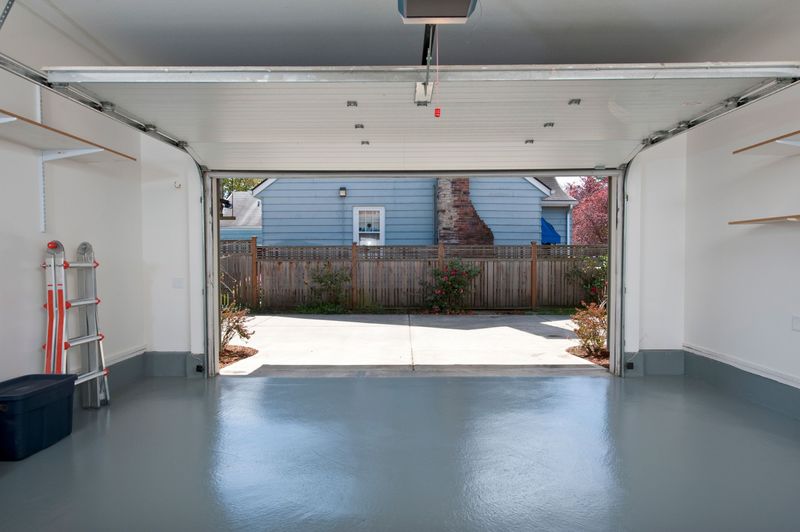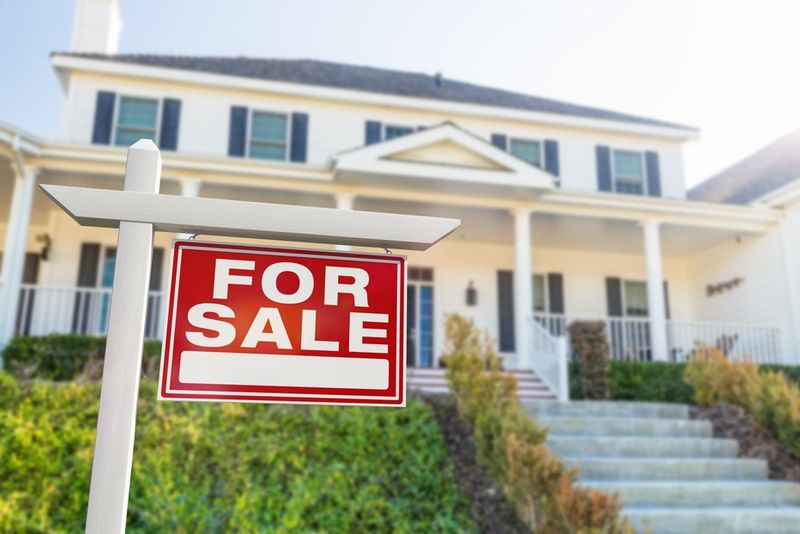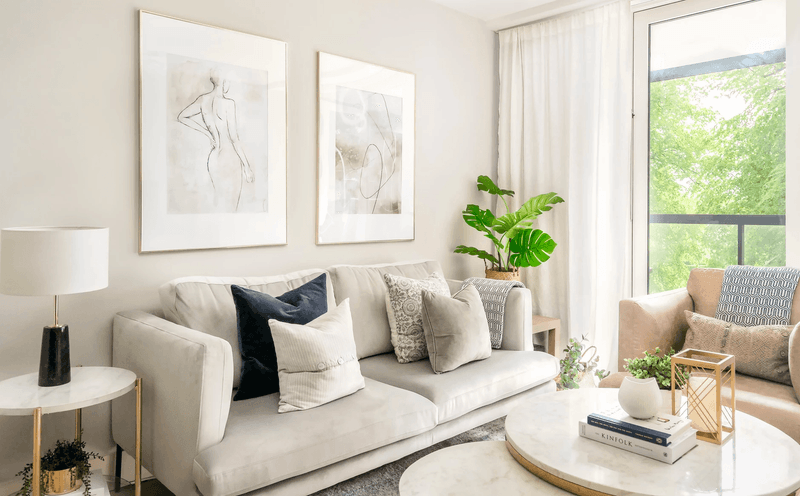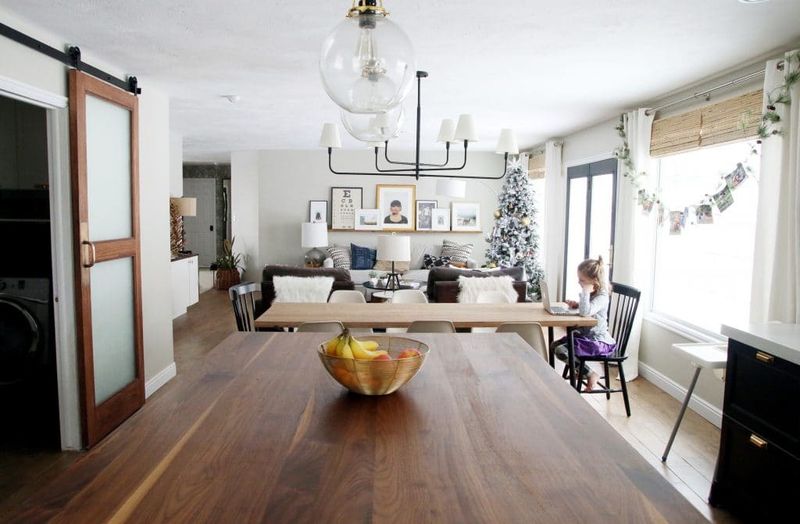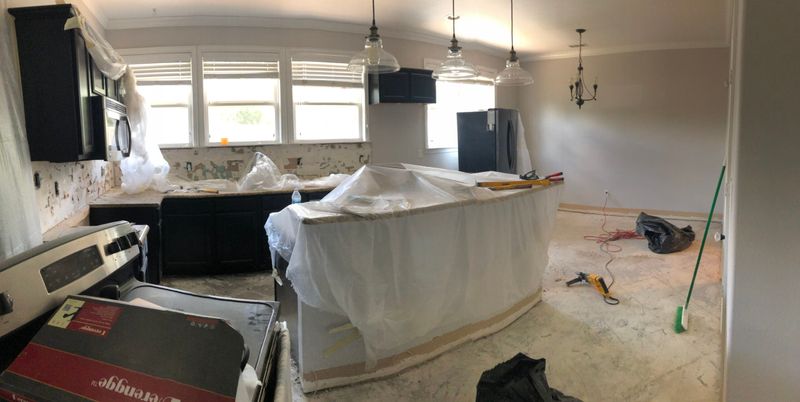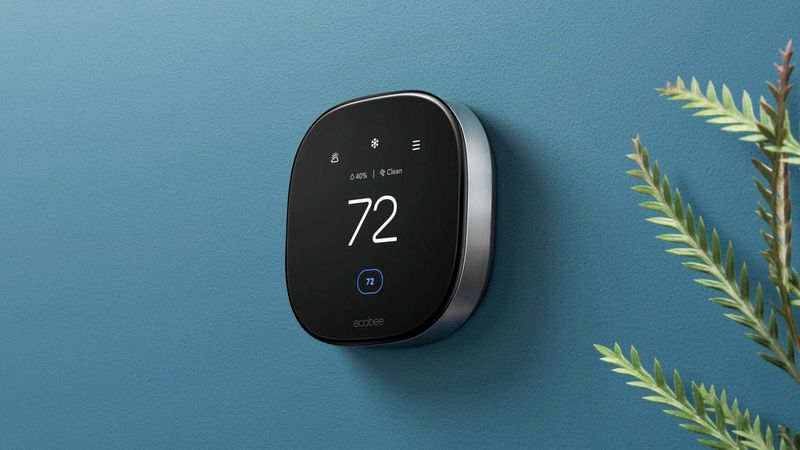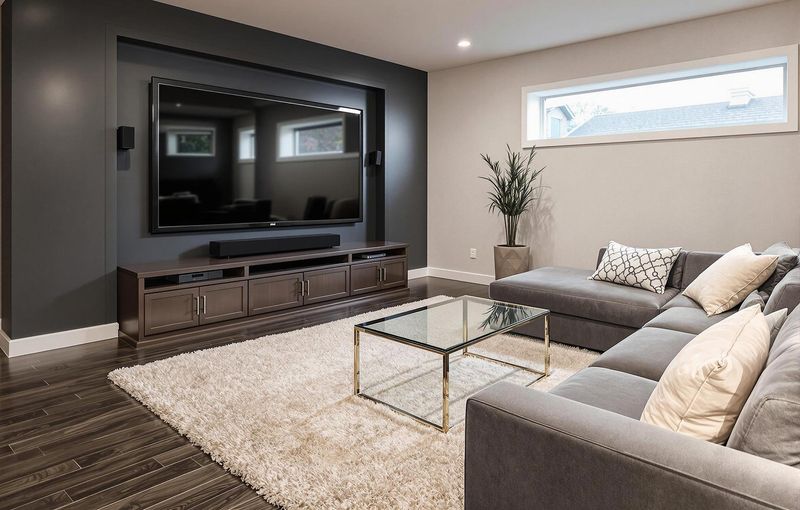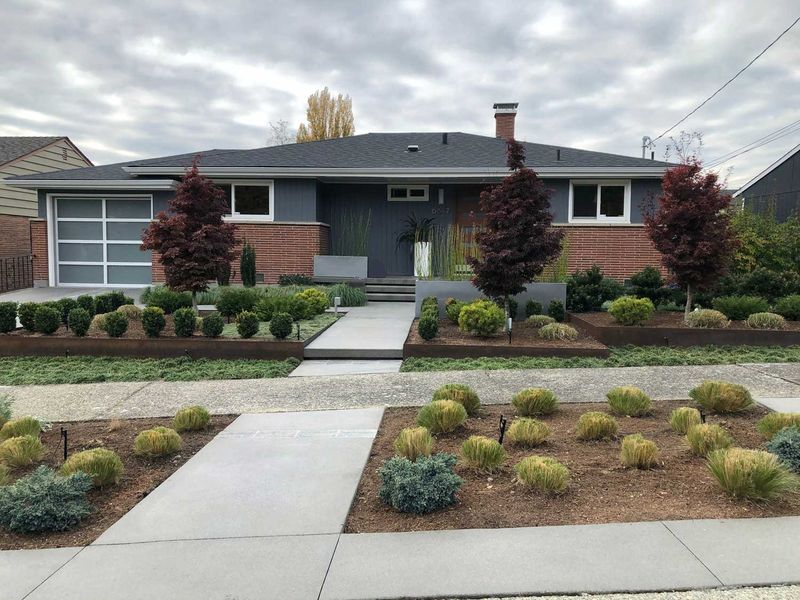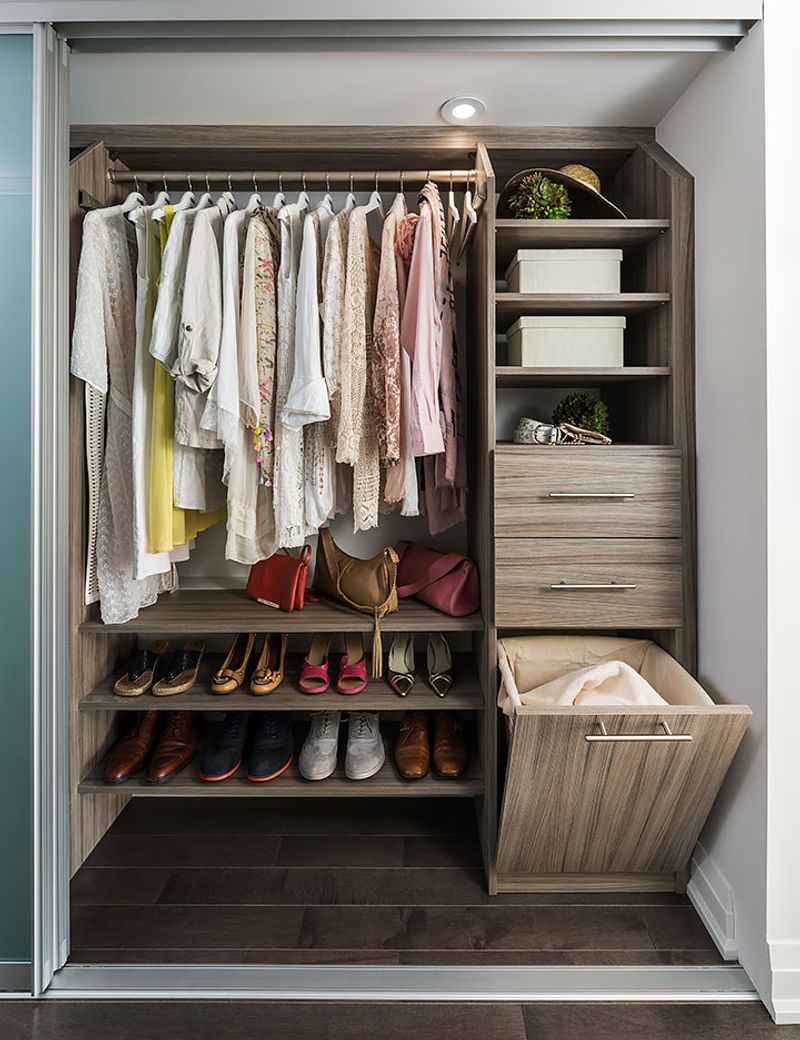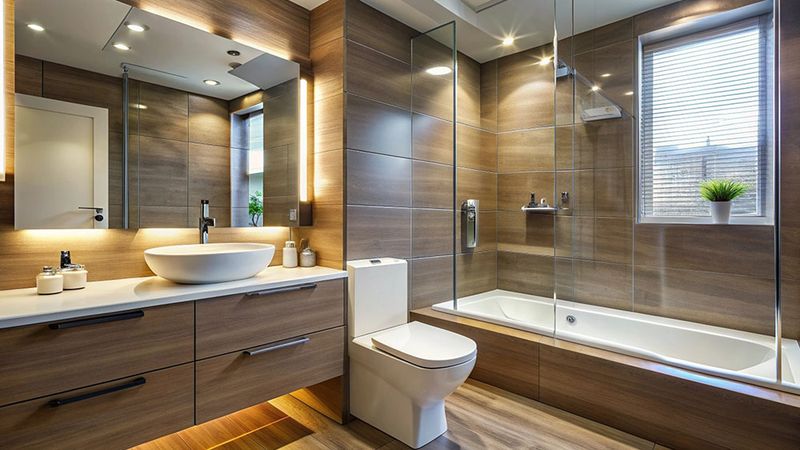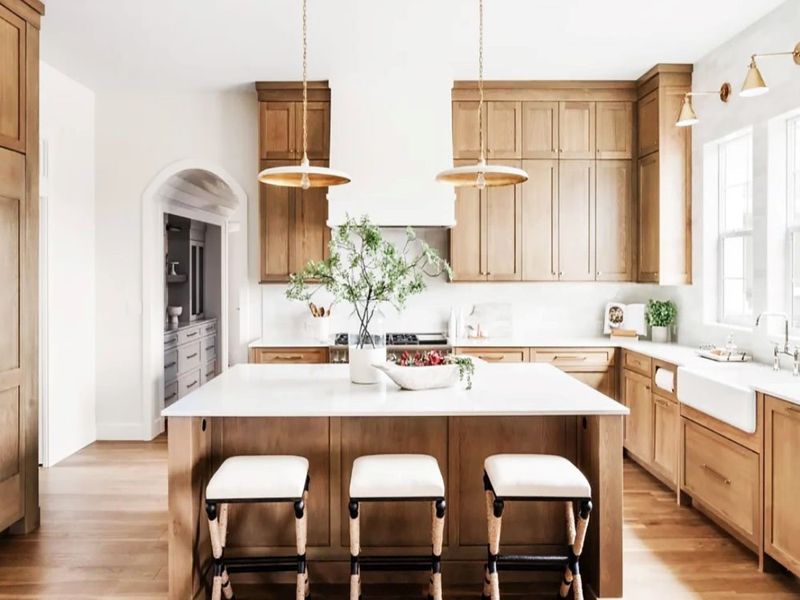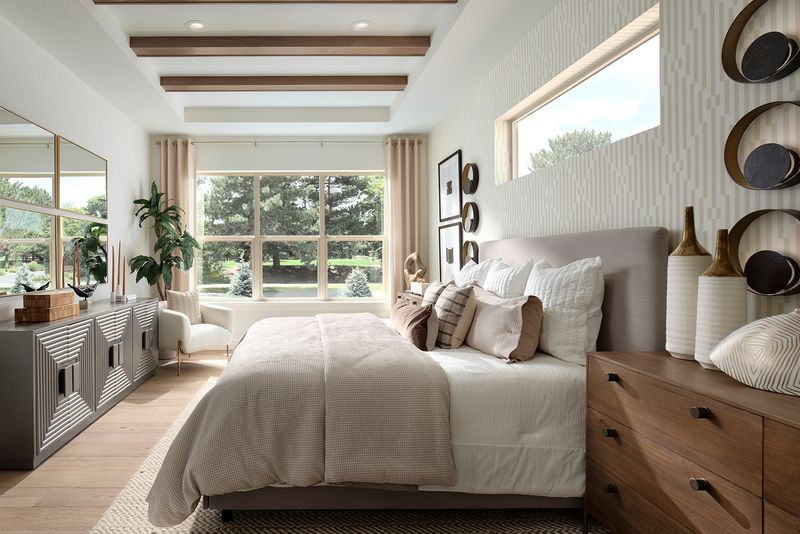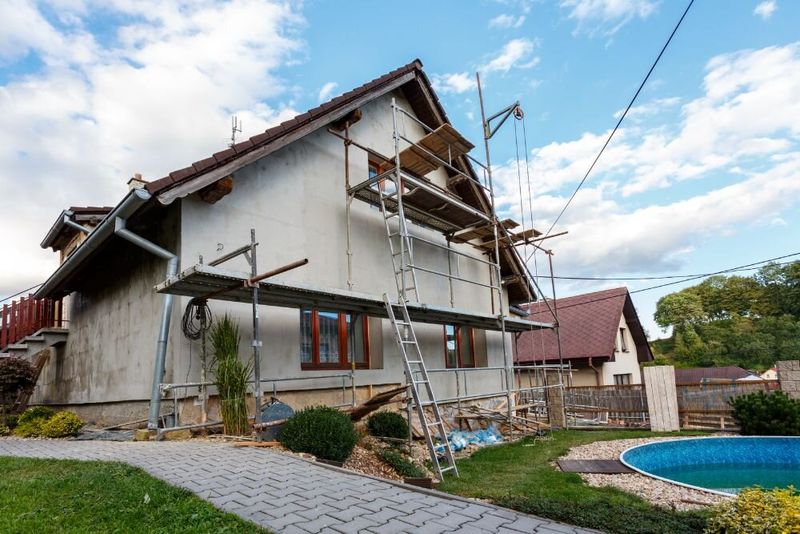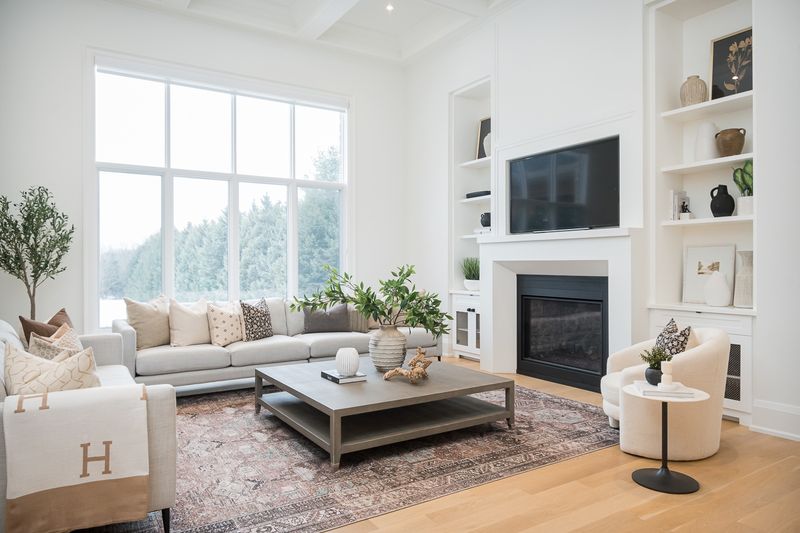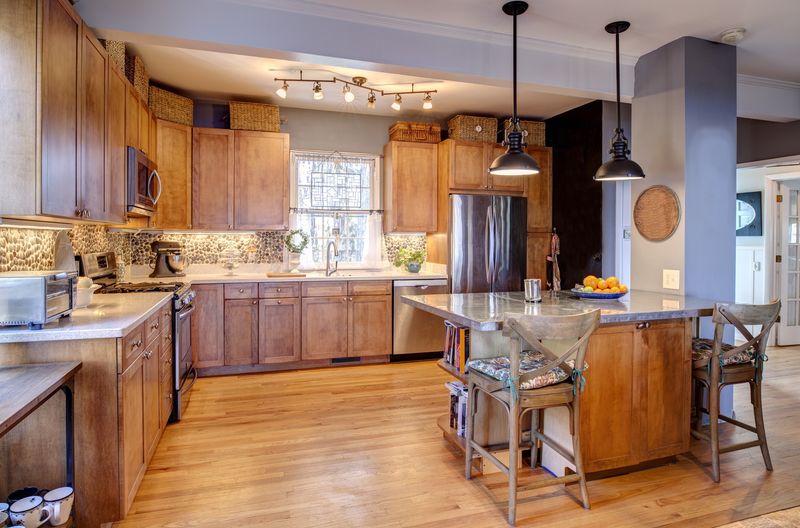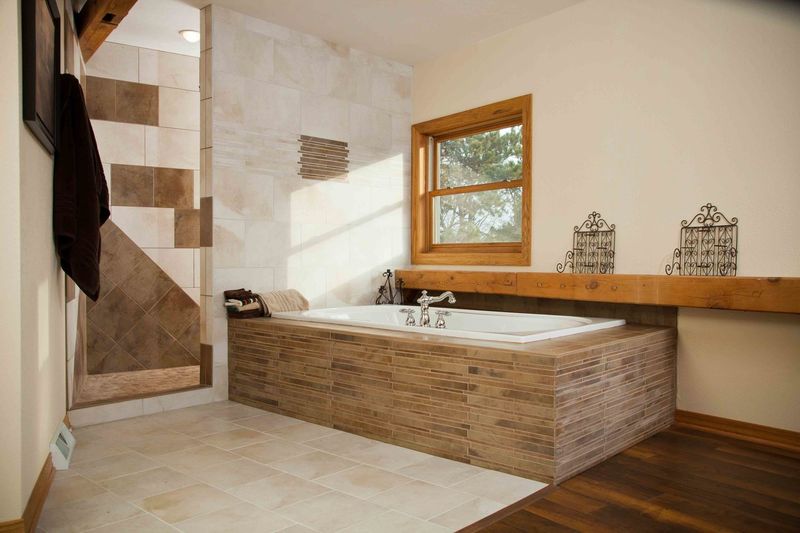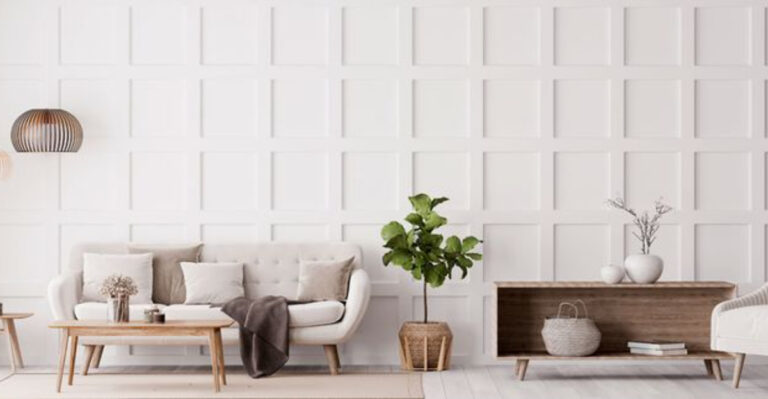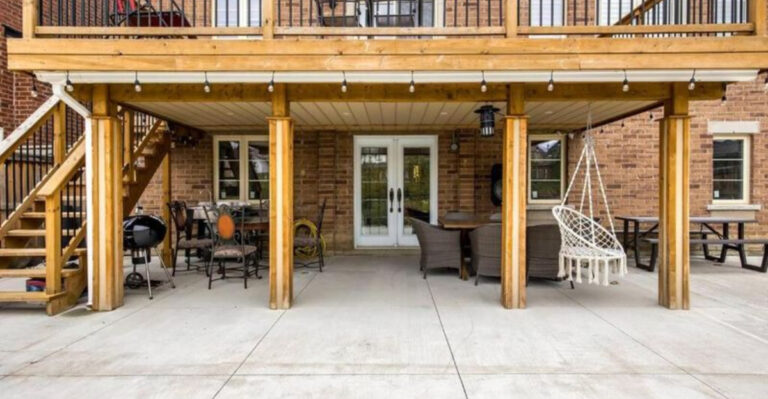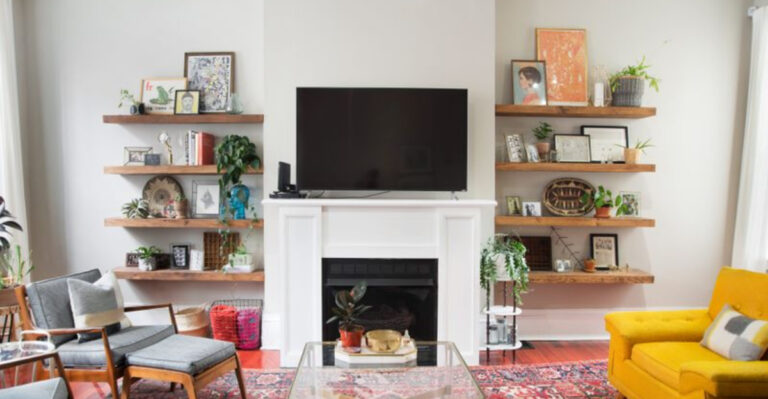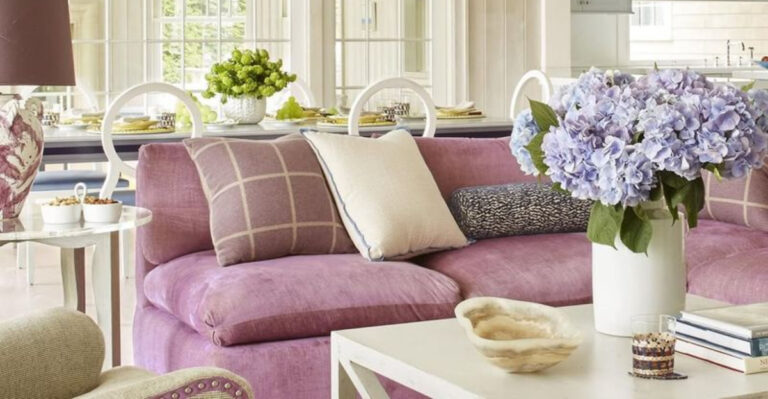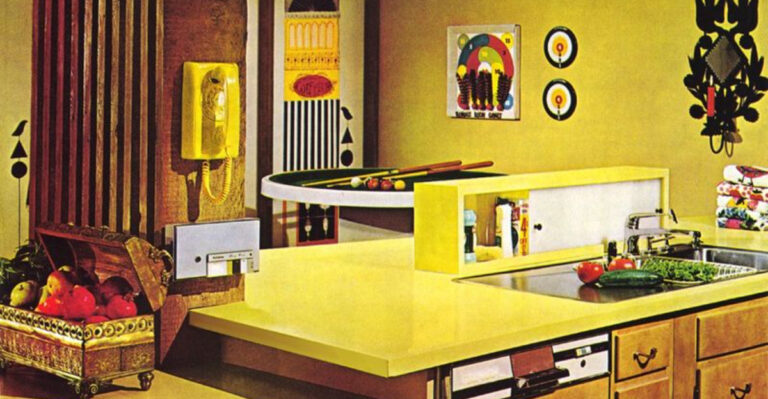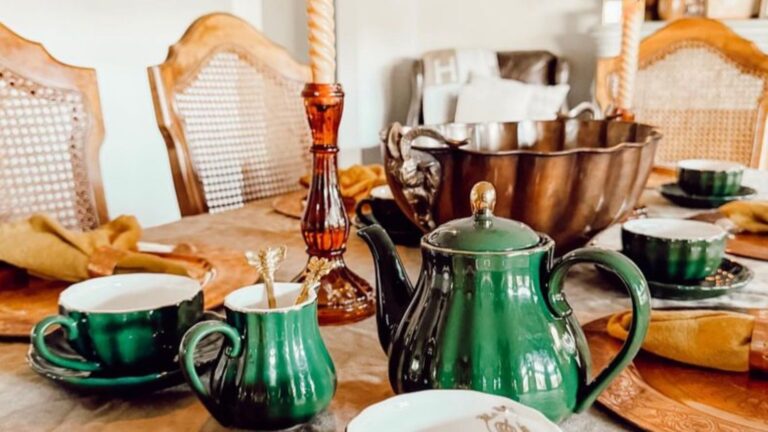18 Real Estate Myths That Are Ruining Your Home Value
Bad advice spreads fast in the world of real estate. Some myths stick around for years, quietly chipping away at your home’s value without you even realizing it.
The worst part? Many of these so-called “tips” sound perfectly reasonable – until they cost you money.
It’s time to set the record straight. Here are 18 real estate myths that could be hurting your investment, and what you should know to protect (and even boost) your home’s worth.
1. The Biggest House Always Commands the Highest Price
Contrary to popular belief, oversized homes can actually hurt your property value. When your house significantly outpaces neighborhood norms, you’ve created what agents call the “white elephant” – impressive but impractical.
Smart buyers typically prefer homes that align with community standards. Your massive addition might impress friends, but potential purchasers often view it as excessive maintenance and higher utility costs.
Focus on staying within 20% of neighborhood averages to maximize return on investment.
2. Pools Always Increase Property Value
Swimming pools represent one of real estate’s greatest gambles, not guaranteed goldmines. For families with young children or elderly buyers, pools often register as dangerous liabilities rather than luxurious assets.
Location matters tremendously – pools typically only boost values in warm-weather markets where outdoor living is year-round.
3. Converting a Garage Always Adds Value
Turning your garage into living space might seem clever, but it frequently backfires financially. Most homebuyers place significant value on protected parking and storage areas – essentials that disappear with conversions.
Weather protection ranks high on buyer checklists, especially in regions with harsh conditions. Without garage space, your home immediately loses appeal to significant buyer segments.
4. You Should Always Price Your Home High Initially
Setting an inflated asking price might seem like clever negotiation strategy, but market data suggests otherwise. Overpriced homes typically languish on the market, becoming increasingly stigmatized as buyers wonder what’s wrong with them.
When listings remain unsold beyond 30 days, they often attract lowball offers and ultimately sell for less than properly priced homes. Fresh listings generate excitement and competitive interest.
5. Neutral Colors Are Always Best for Resale
While real estate conventional wisdom preaches beige-everything, this outdated approach can actually make your property forgettable in today’s market. Strategic color can create emotional connections with buyers.
Thoughtfully applied accent walls, cabinet colors, or front doors in on-trend hues can differentiate your listing. The key lies in professional application and contemporary color selection that complements your home’s architecture.
6. Open Floor Plans Are Always Desirable
After years of knocking down walls, homeowners are discovering that completely open concepts aren’t universally appealing. Post-pandemic buyers increasingly value defined spaces that accommodate multiple activities simultaneously – like remote work alongside family life.
Noise transmission becomes problematic in wall-free environments. Without sound barriers, conversations, TV shows, and kitchen activities create constant disruption throughout the home.
7. DIY Projects Save Money Without Affecting Value
Weekend warriors beware – amateur workmanship rarely fools savvy buyers or appraisers. Uneven tile work, improperly installed fixtures, or questionable electrical modifications signal potential hidden problems throughout the property.
Home inspectors routinely flag DIY projects that don’t meet building codes. These flagged items become negotiation points that can cost far more than hiring professionals initially would have.
8. Smart Home Technology Always Increases Value
Investing thousands in cutting-edge home automation might impress tech enthusiasts but rarely delivers equivalent financial returns. Many buyers find proprietary systems intimidating or worry about rapid obsolescence.
Focus on simple, user-friendly smart upgrades like programmable thermostats or video doorbells that offer obvious benefits without steep learning curves.
9. All Square Footage is Created Equal
Finished basements might add living space, but they rarely command the same value as above-grade square footage. Appraisers typically value below-grade improvements at 50-70% of main-level spaces.
Quality matters tremendously in how space contributes to value. A poorly designed 3,000 square foot home often appraises lower than a thoughtfully planned 2,400 square foot property with superior flow and functionality.
10. Landscaping Doesn’t Significantly Impact Value
Underestimating your yard’s financial impact represents a costly misconception. Professional landscaping can increase property values by 5-12% according to multiple real estate studies.
First impressions form within seconds when buyers approach your home. Strategic plantings, defined outdoor spaces, and proper maintenance signal that the entire property has been well-cared-for.
11. Removing Closets for More Room is Smart
Storage space ranks consistently among buyers’ top priorities, making closet elimination a serious mistake. Removing storage to expand bedrooms or bathrooms often creates properties that feel impractical for everyday living.
Modern families accumulate more possessions than ever before. Without adequate storage solutions, homes quickly feel cluttered and disorganized regardless of square footage.
12. Expensive Materials Always Yield Higher Returns
Luxurious materials often fail to deliver proportional returns despite their hefty price tags. Imported marble countertops costing $150 per square foot rarely return significantly more value than quality quartz alternatives at one-third the price.
Buyers frequently can’t distinguish between premium and mid-range materials. The appearance and functionality matter more than brand names or exotic origins that aren’t immediately apparent.
13. All Updates Should Match Current Trends
Chasing design fads often backfires financially when trends inevitably shift. Remember when tuscan kitchens and chevron patterns dominated design magazines? Those trend-followers now face costly updates to remain competitive.
Timeless elements consistently outperform trendy choices in maintaining value. Classic designs with contemporary touches offer the best financial protection against style obsolescence.
14. Removing a Bedroom Always Decreases Value
Conventional wisdom warns against bedroom elimination, but context matters tremendously. Converting a tiny fourth bedroom into an expanded master suite or enhanced bathroom can actually increase overall property value in luxury markets.
Functionality often trumps raw bedroom count. A three-bedroom home with spacious rooms and excellent storage frequently outperforms a cramped four-bedroom with inadequate closets and bathrooms.
15. All Necessary Repairs Should Be Fixed Before Selling
Contrary to perfect-home selling advice, some repairs actually represent poor financial investments. Minor cosmetic issues rarely affect selling price proportionally to their repair costs.
Savvy sellers distinguish between deal-breakers and minor flaws. Structural problems, water damage, or electrical hazards absolutely warrant repair, while slightly worn carpet or dated light fixtures often don’t justify replacement costs.
16. Professional Staging Isn’t Worth the Cost
Dismissing staging as unnecessary represents a potentially expensive misconception. Professionally staged homes typically sell for 1-5% more than vacant or poorly furnished properties, according to real estate statistics.
Buyers struggle visualizing potential in empty spaces. Strategic staging creates emotional connections by showcasing optimal furniture arrangements and highlighting architectural features that might otherwise go unnoticed.
17. Outdated Kitchens Can Be Compensated by Lower Price
Kitchen condition impacts buyer psychology far beyond rational price calculations. Even with appropriate price reductions, outdated kitchens trigger renovation anxiety that drives many buyers away completely.
Most buyers dramatically overestimate renovation costs and complexity. What might actually cost $15,000 to update often feels like a $50,000 project to inexperienced buyers, creating disproportionate resistance.
Consider strategic mini-makeovers focusing on cabinet fronts, hardware, and countertops that deliver maximum visual impact without complete reconstruction.
18. Converting a Bathtub to a Shower is Always an Upgrade
Families with young children often consider bathtub access non-negotiable when house hunting. By eliminating all tubs, you’ve potentially excluded a significant buyer segment regardless of how luxurious your walk-in shower might be.
Market demographics should guide bathroom decisions. Neighborhoods attracting young families benefit from at least one tub, while retirement communities might prefer accessible showers.
